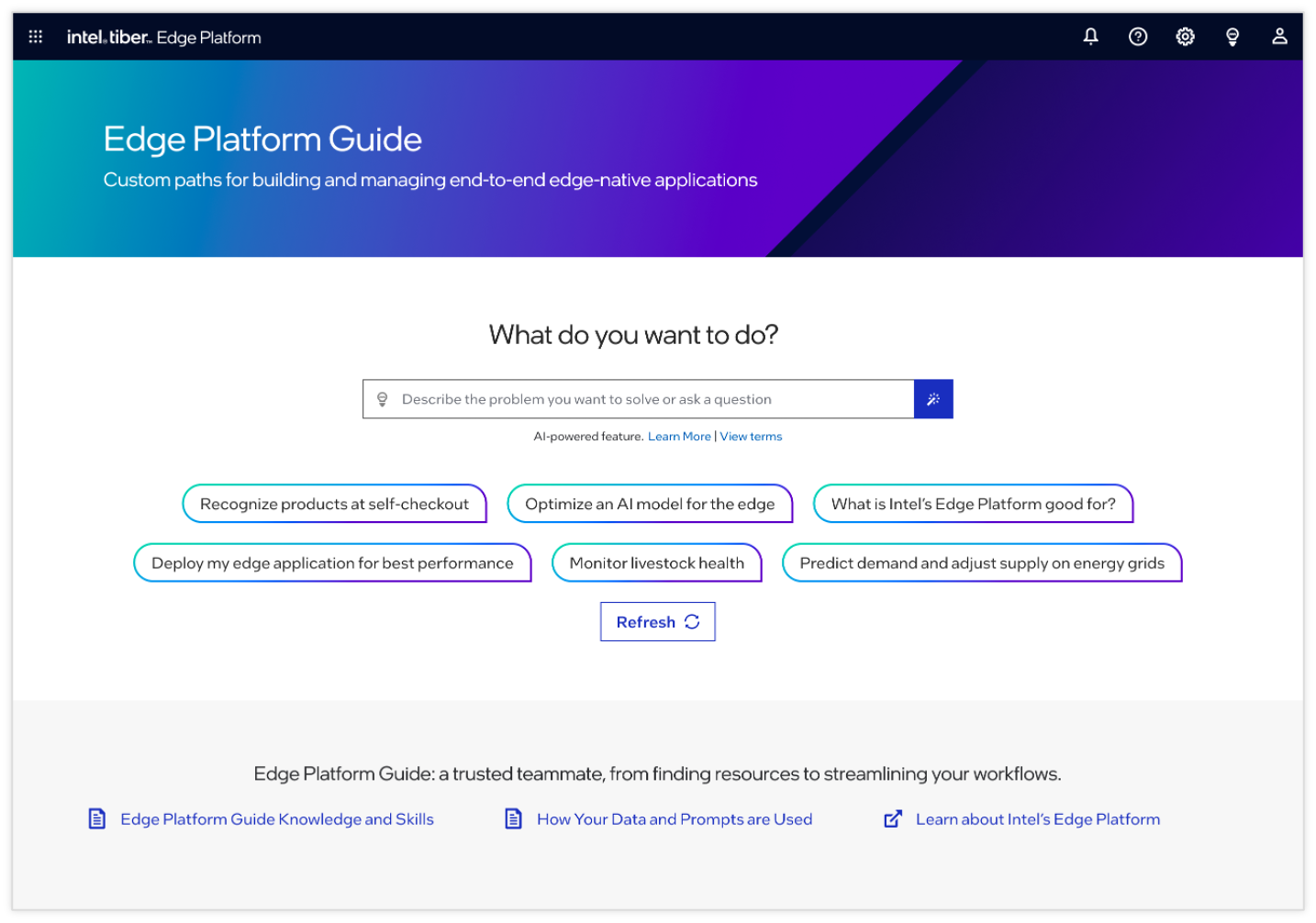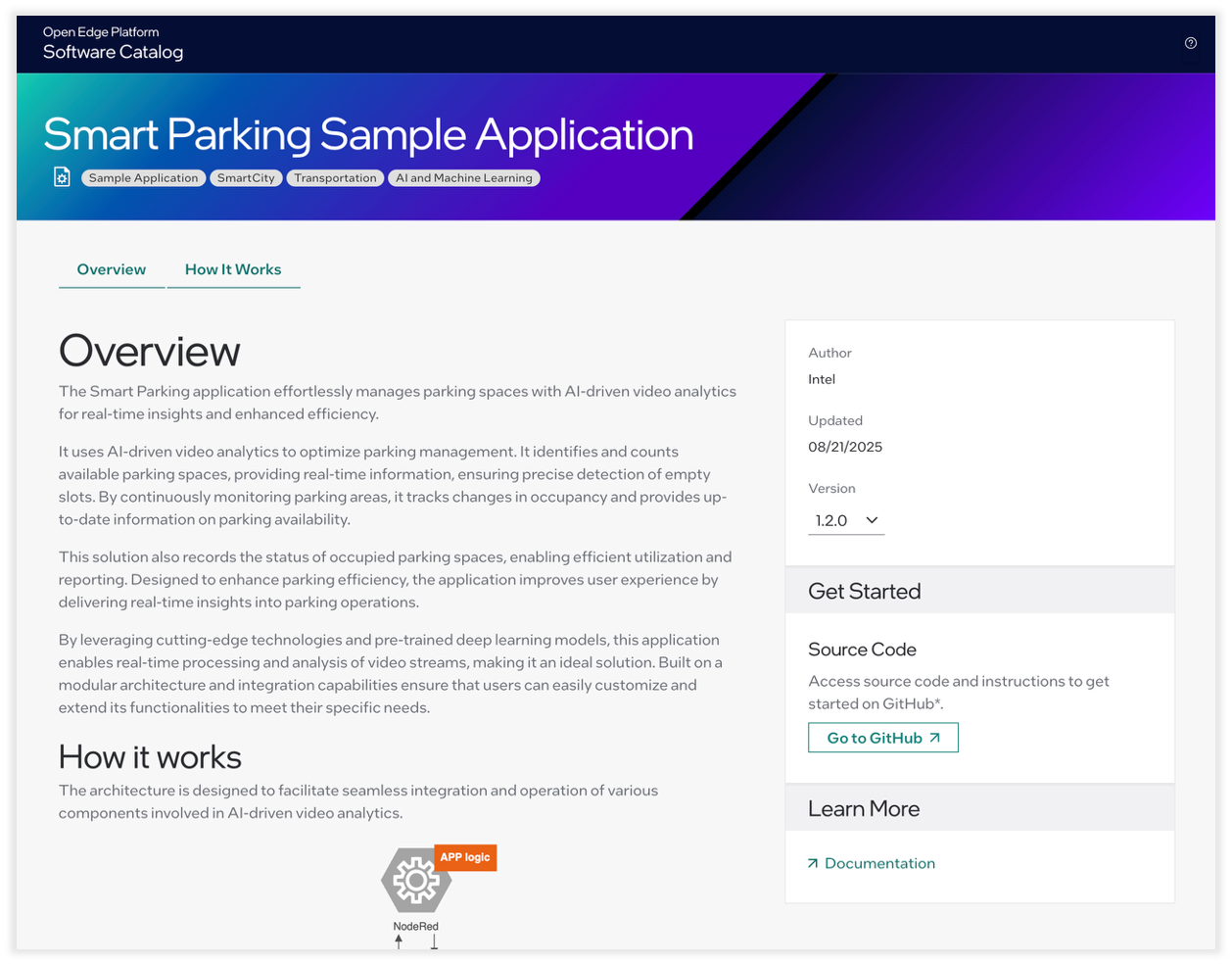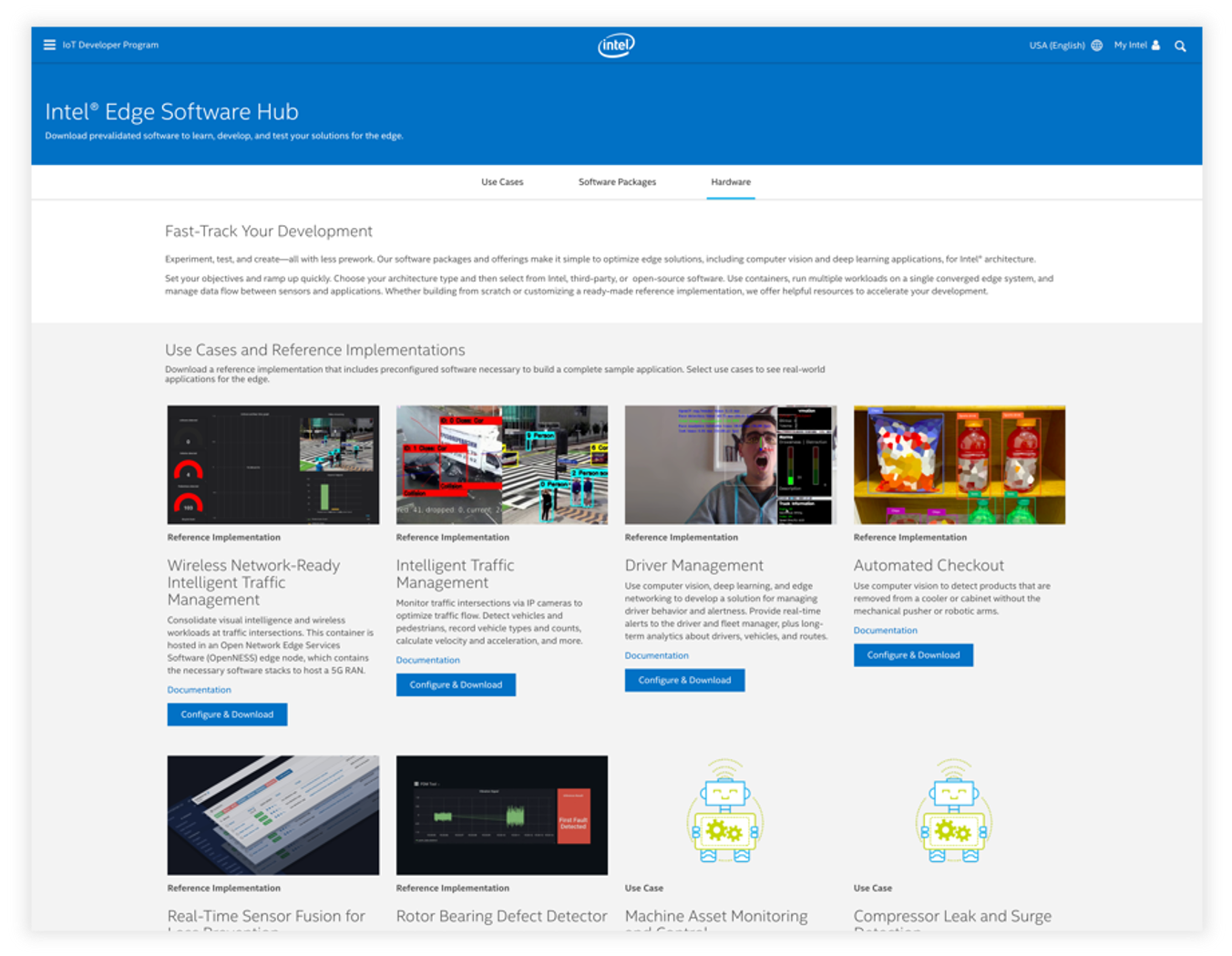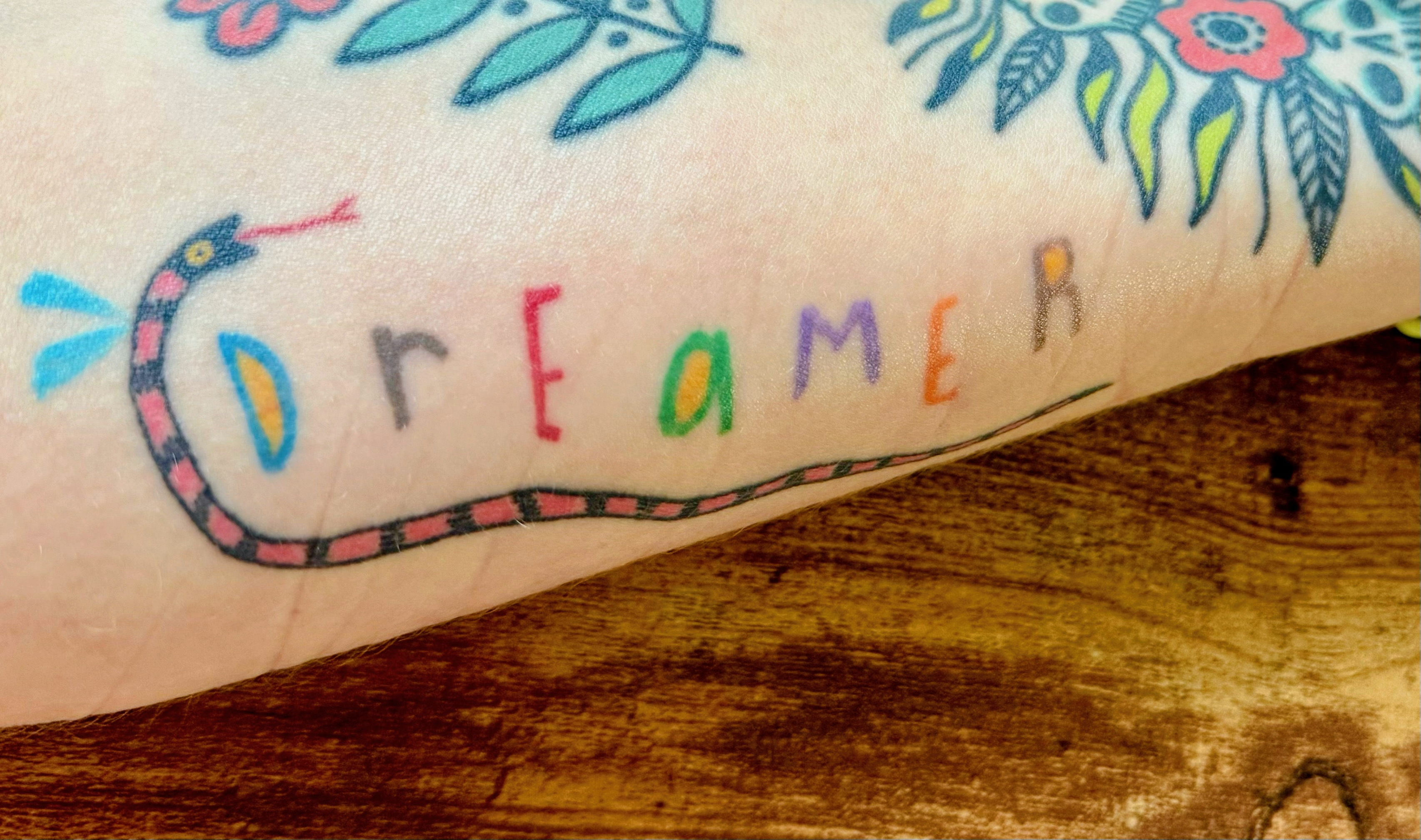Experience Design for Human-AI Collaboration
I design AI-enabled experiences that enhance human skills and seamlessly integrate into workflows, building trust through practicality, transparency, and ethics. Using systems thinking, design foresight, and empathy, I create platforms where humans and AI collaborate to achieve the impossible.
As a curious learner, I energize teams by fostering growth, coaching, and connecting individual development to collective goals—helping teams improve skills, explore new areas, and deliver meaningful results.
I am enthusiastic about shaping a future where design, technology, and human potential intersect. My focus is on innovating in AI-powered developer platforms, productivity tools, and team operations. Whether I am leading design at a platform company, guiding AI-based SaaS products, or consulting with organizations, my goal is to craft experiences that promote growth for both people and technology.
Work
Led the vision development for a 5-year experience roadmap, incorporating AI guidance to unify fragmented developer journeys.
Modernized content creation with GitHub workflows and AI systems for distributed authorship, directing specialized writers toward strategic editorial roles.
Achieved 92% developer success in discovery and initial use of software for edge applications by shifting focus from products to use cases.
Prototyping future possibilities through hands-on experiments — from AI training coaches to adaptive platforms and team accountability systems.
01 Experience Vision
I led collaborative efforts to turn an idea into a clear vision for Intel's Edge Platform, gaining executive approval for a future-oriented experience expected to generate over $1B in software revenue.
By guiding a structured design thinking process with cross-functional teams, I aligned multiple business units behind an innovative AI-powered platform that would fundamentally change how developers interact with Intel's edge solutions.

Challenge and Approach
Beginning with a screenshot and a paragraph from the VP of Go-to-Market, I led a strategic transformation. Developers faced disconnected websites and fragmented product workflows, which hindered their ability to discover, adopt, and utilize Intel's Edge Platform.
Through structured workshops with executives and product teams, I guided a crucial shift from simply achieving industry parity to leading innovation through AI.
Key Actions
- Directed cross-functional teams to develop an AI-powered Guide that acts as a trusted teammate for developers.
- Designed integrated workspaces with unified dashboards and collaborative features, aligning products with developers' workflows and real-life use cases.
- Developed a five-year strategic plan with detailed investment needs.
- Aligned the vision with existing Intel-wide initiatives.
Impact
- Secured executive approval from the Network and Edge CVP/GM and Chief Marketing Officer.
- Vision approved as a model for Intel's overall commercial software go-to-market strategy.
02
Quality at Scale
I turned content bottlenecks into scalable systems through strategic automation, decreasing reliance on specialists while keeping quality high.
By creating a GitHub-based workflow with AI quality checks, I automated 60% of routine content tasks and shifted specialized writers to focus on higher-value editorial roles.

Challenge and Approach
Content quality had become a major bottleneck as limited writing resources couldn't meet increasing documentation needs. As content strategy and design director for Intel’s Edge Platform, I reimagined our approach.
Key Actions
- Led a strategic shift from "not enough writers" to "developers as content creators".
- Developed a three-part quality system featuring smart templates, clear standards, and automated reviews.
- Built on GitHub to align with developers' existing workflows and foster familiar processes.
- Implemented AI-assisted quality checks to offer feedback before human review.
Impact
The system transformed how Intel develops and maintains technical documentation:
- Automated 60% of the content lifecycle, enabling faster software release with high-quality documentation.
- Elevated writers to strategic editors who focus on quality guidance rather than just creation.
- Achieved complete documentation coverage for the April 2025 Open Edge Platform launch.
03
User Success
Led experience architecture and content strategy for the Edge Software Hub, driving the shift from product-centric to use case-centric journeys that resulted in a 92% success rate in discovery and initial use of Intel’s edge software tools and components.

Challenge and Approach
The path for discovering and using Intel’s edge software portfolio lacked cohesion, creating significant barriers to adoption. Developers faced complex installation processes across multiple sites, inconsistent documentation, and unclear product guidance. These challenges undermined Intel's strategic goal of encouraging workload consolidation at the edge.
Through early testing and iteration, I led the design of an experience that aligned with developers' ways of thinking and workflows, while establishing a proof point for my newly formed Content Strategy and Design team.
Key Actions
- Led a crucial shift from a product-based to a use-case organization based on research insights.
- Partnered with product and engineering teams to redefine products in line with developers' workflows.
- Drove the implementation of a modular content strategy supported by a content model, templates, and guidelines for UI copy and product documentation.
- Worked with product teams across the organization to adapt portfolio positioning to the new experience.
- Established experience quality standards and optimized processes across the expanding catalog.
Impact
- A 92% success rate in initial setup and use saves "hours if not days" in developing edge solution proof-of-concepts.
- Internal productivity improves as software releases are 75% faster due to standardized processes, content reuse, and documentation templates.
- The project exceeded corporate goals, delivering at 125% of the annual performance bonus target ahead of schedule.
The project's success goes beyond the platform itself:
- A strong example of how the new Content Strategy and Design team’s work directly influences user adoption, business metrics, and strategic goals.
- A content model and practices that continue to develop, now with the Open Edge Platform, launched in April 2025.
04
Curious Doer
Beyond formal roles, I create projects that explore how emerging technologies reshape collaboration, accountability, and developer experience. These projects serve as experiments to test hypotheses, expand my skills, and learn through hands-on experience — generating tangible examples of what future human-AI collaboration might look like.
Published
Lanterne Rouge
An AI-powered endurance training system supporting my Tour de France simulation. It uses modular agents to plan and adjust workouts — a proof-of-concept for agentic AI applied to personal objectives.
In Progress
Adaptive Developer Platforms
Experimenting with how developer portals can evolve into context-aware ecosystems, with generative graphic interfaces and AI providing just-in-time guidance and integration into developer tools.
Social Accountability System
A personalized accountability system combining peer incentives, private AI nudges, and team rewards to help groups reach various personal goals together. This concept builds on Clean Side Quest, a WhatsApp-based household app I created that gamified chores with points, fairness metrics, and private nudges. Clean Side Quest demonstrated how personalization, incentives, and guardrails can sustain participation — lessons now being incorporated into this system.
